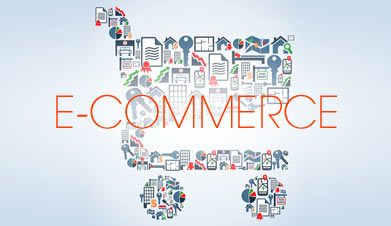Last Updated on Mar 26, 2020 by James W
Getting an ecommerce business up and running can often be a tricky proposition. You need a website that works well and is easy for consumers to use, the products to sell and marketing needs to be done if you’re actually planning on making any money. People often tend to put the cart before the horse, building out a huge website without ever thinking of one basic factor – how are we going to get this item to the customer?
With giants like Amazon changing the way we shop online it’s easy to forget just how complex the online shopping environment is. Most site owners need to pull together multiple services – web developers, manufacturers and payment processors to name a few – just to be able to offer products for sale. One area which often doesn’t get the attention it deserves is shipping and logistics, but it’s an area which can have a huge influence on your bottom line.
The first thing to look at is what kind of service you’ll need. Are you shipping hundreds of items a month or just a few? For those with a large number of deliveries every month it’s probably worth consulting with a local courier to find out about shipping rates and potential discounts for bulk orders. If you’re only shipping a handful of items a week then you may be fine just using the postal service.
The more you ship the more the cost per delivery will come down, so finding out about these rates is essential if you’re planning on growing your company substantially. The cost of shipping is something which needs careful consideration – do you absorb the cost into the product price and label it as free shipping? Can you offer next day delivery? How much do you need to charge to turn a profit?
You also need to factor in a few things going wrong during the shipping process. No matter where you are or what company you use, there will be the occasional failed delivery or damaged parcel. Things like poor weather, trucks breaking down, and things being lost by simple human error are all potential scenarios, so have a plan in place to refund or replace these items.
Most reputable courier companies will attempt to deliver the package a few times before returning it to you, so you may need to bill the customer for shipping again if they haven’t collected the item.
Finally, try to keep your shipping options as straightforward as possible. Once you scale up it could make more sense to offer things like Saturday morning delivery or a particular delivery time, but initially it’s much easier to offer flat rate shipping to your customers. Work out how much it will cost to send an item based on size, weight and delivery location and try to price the shipping accordingly.
Running an ecommerce has multiple challenges, but the rewards can be great if you get it right. Have a solid distribution plan in place and you’ll free up more time to work on things like marketing and adding new product lines, helping you grow your revenue and make more money.





